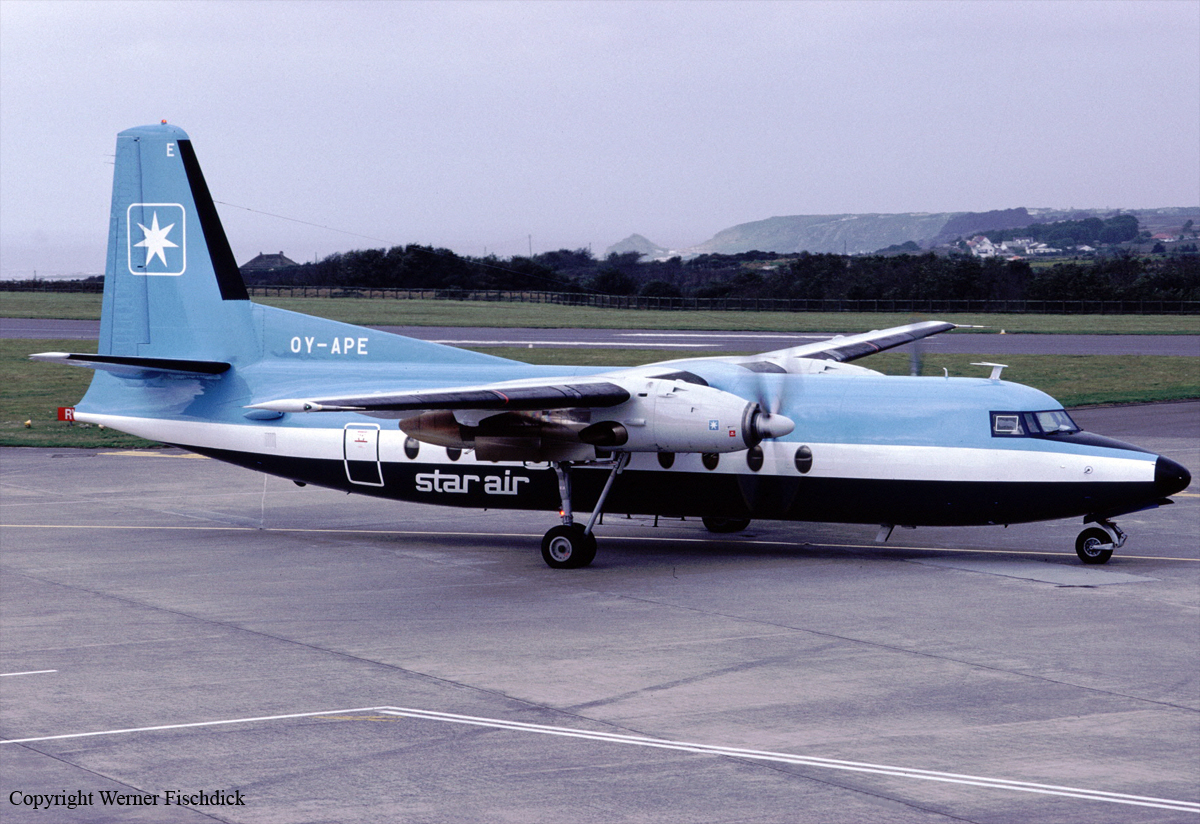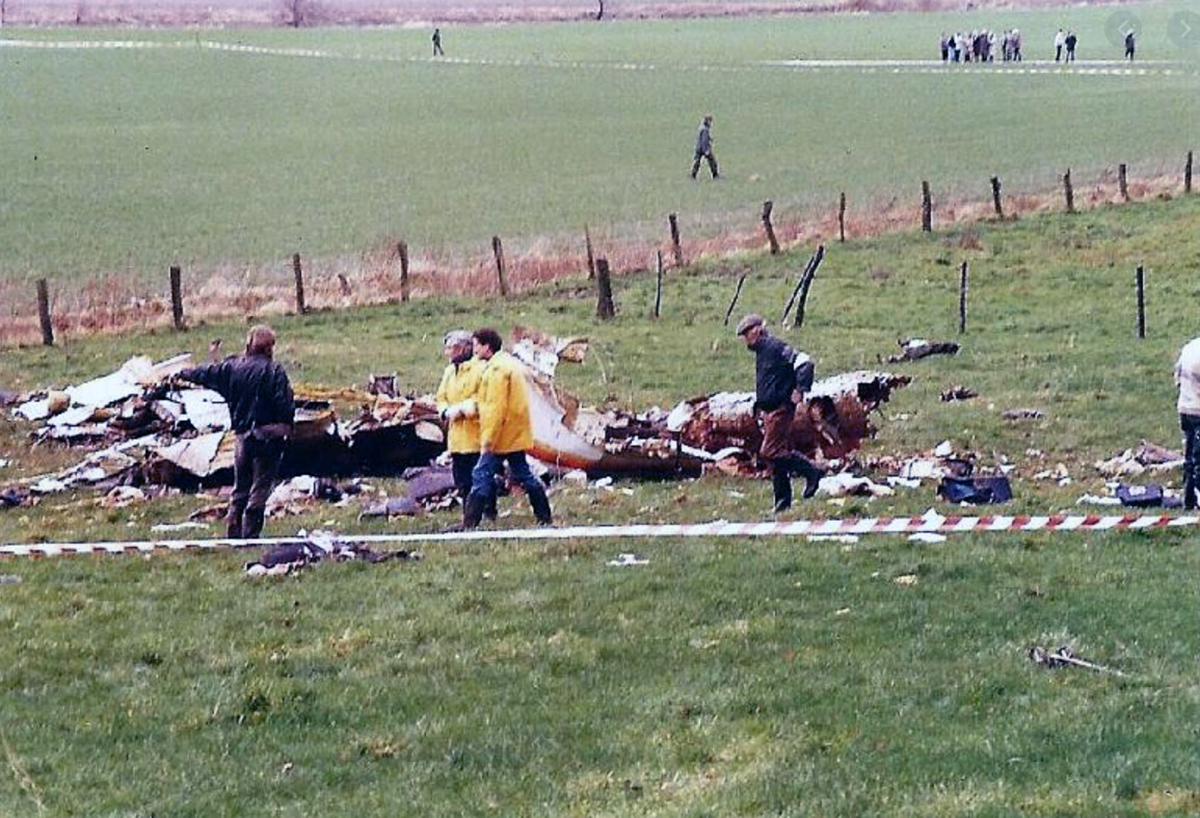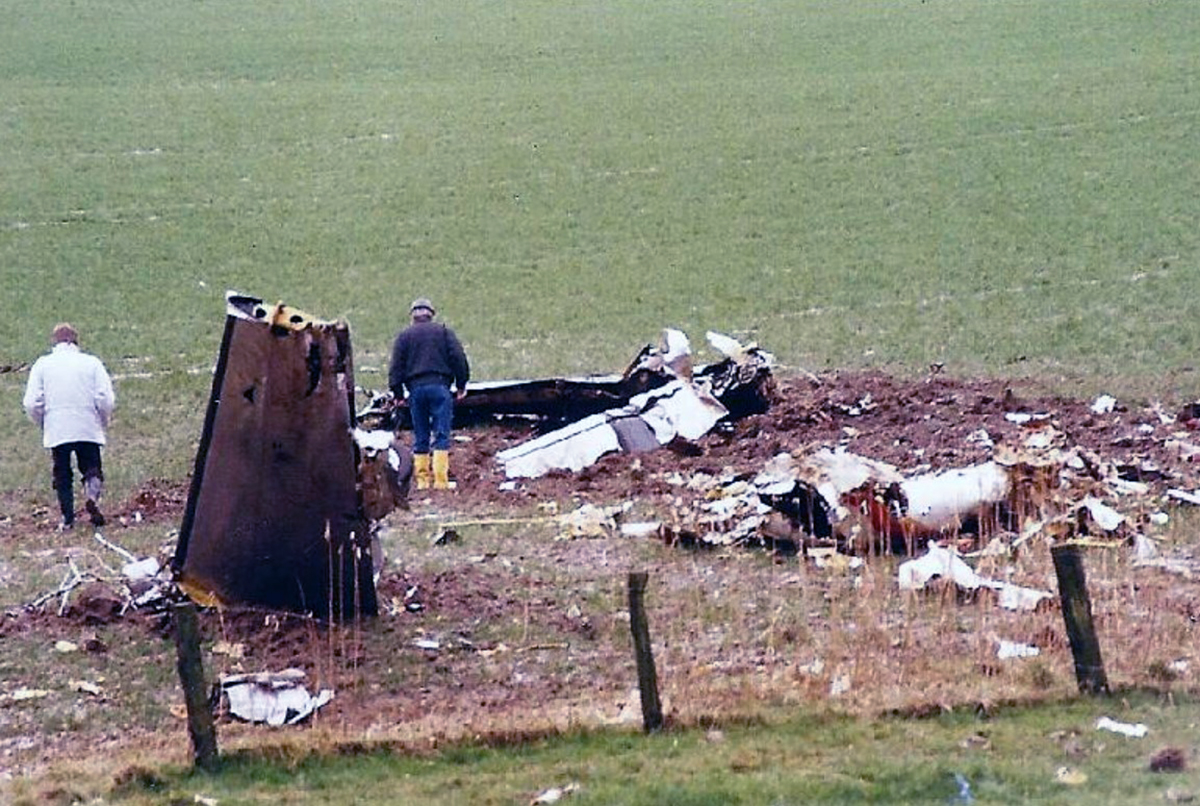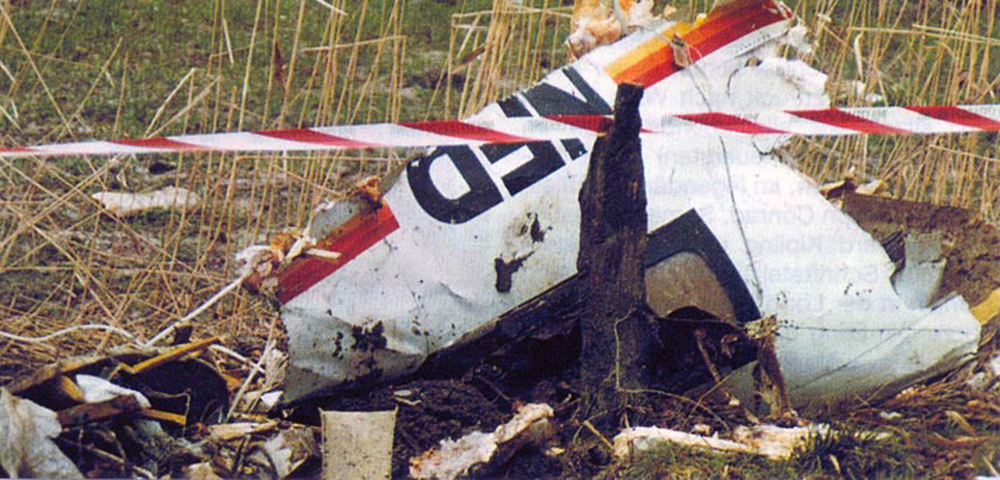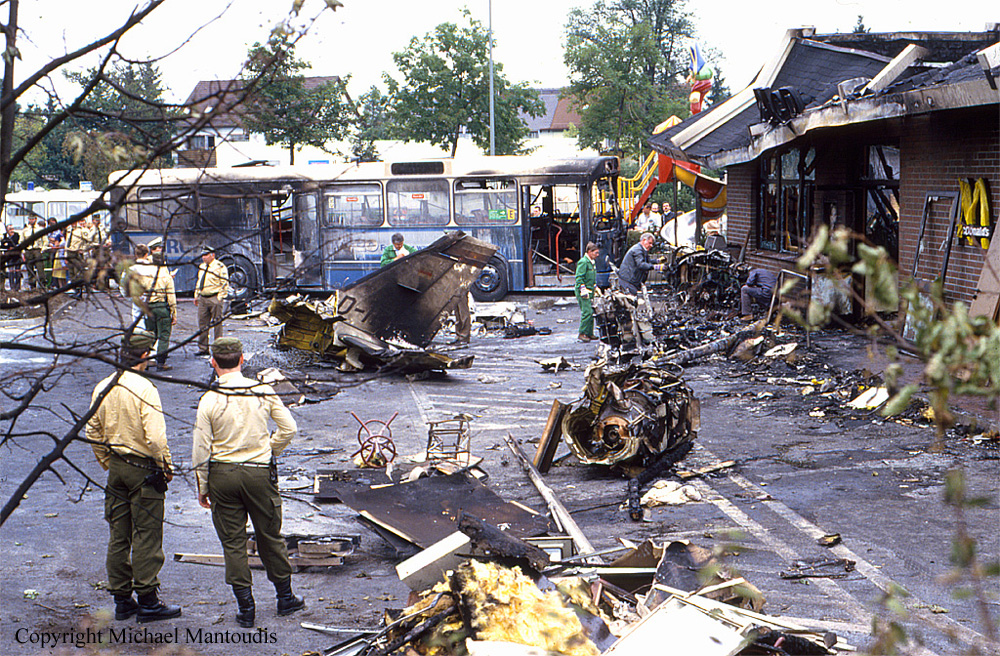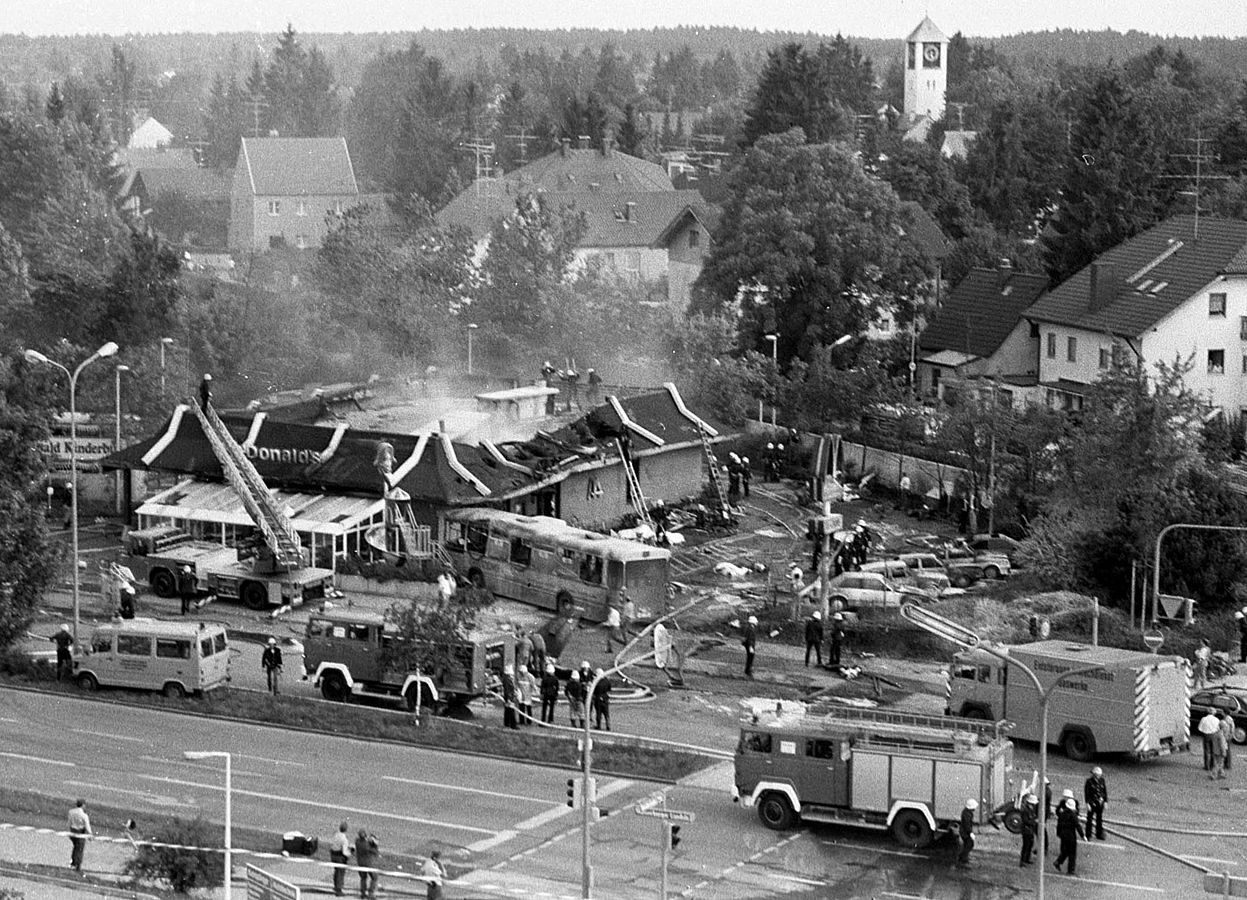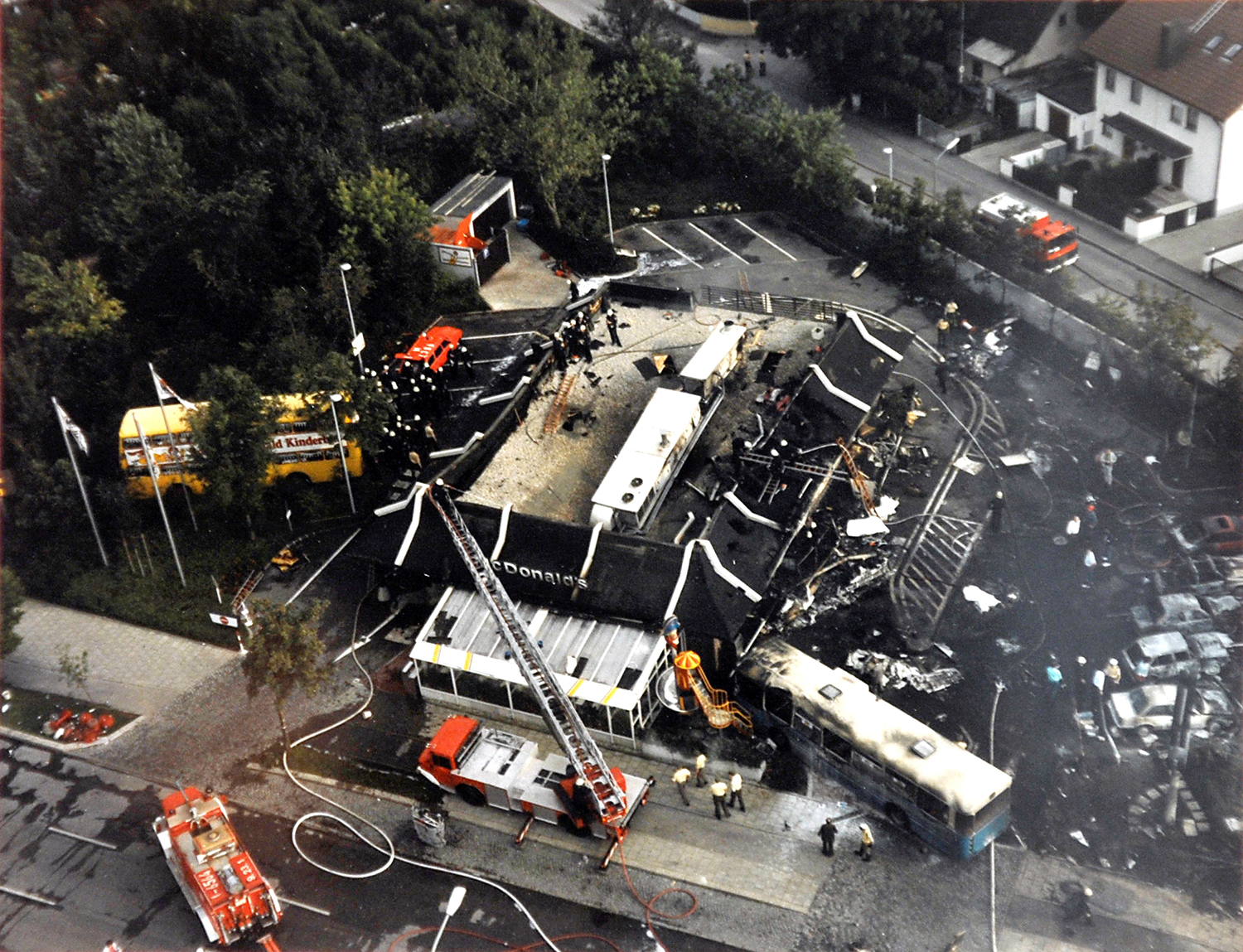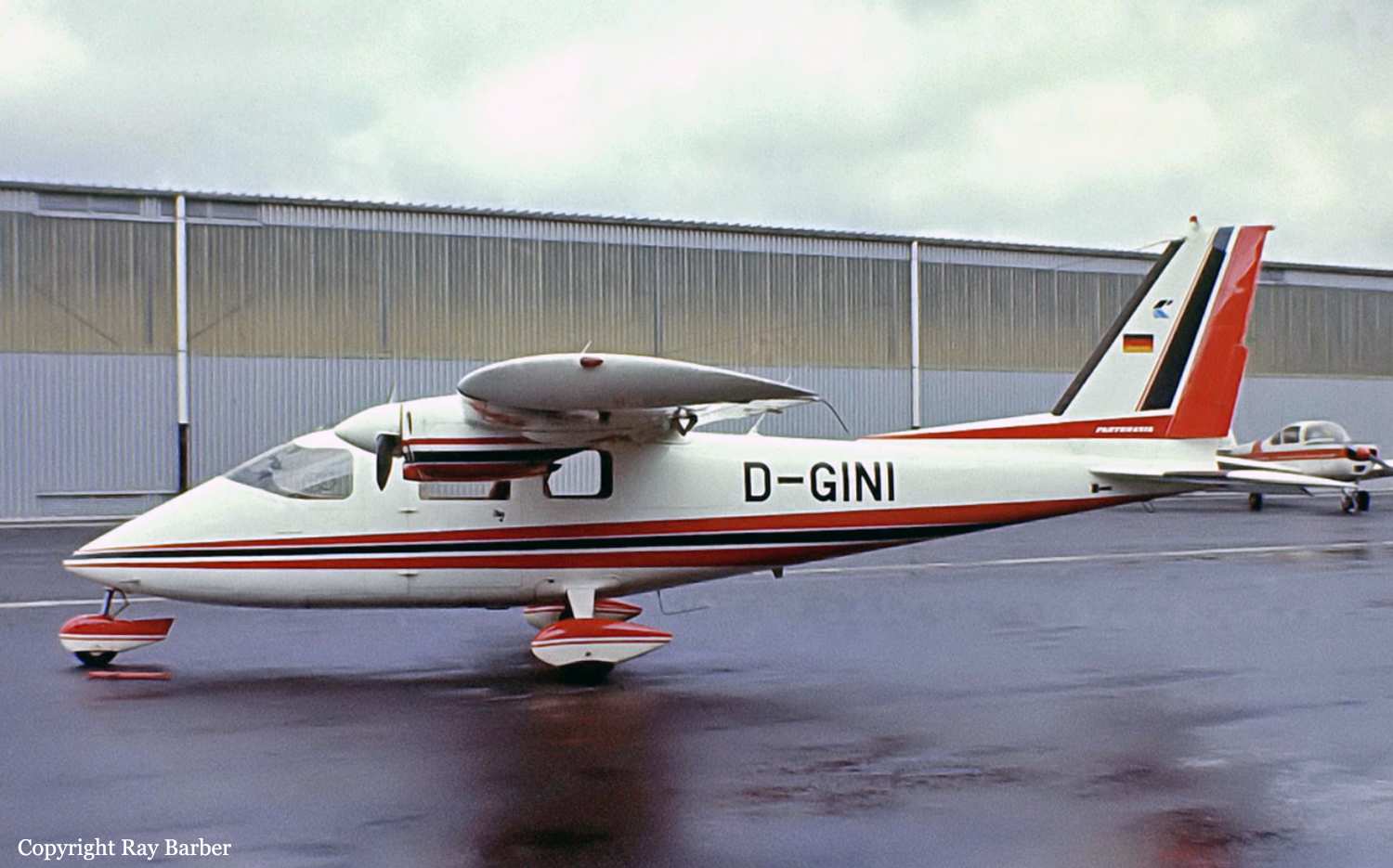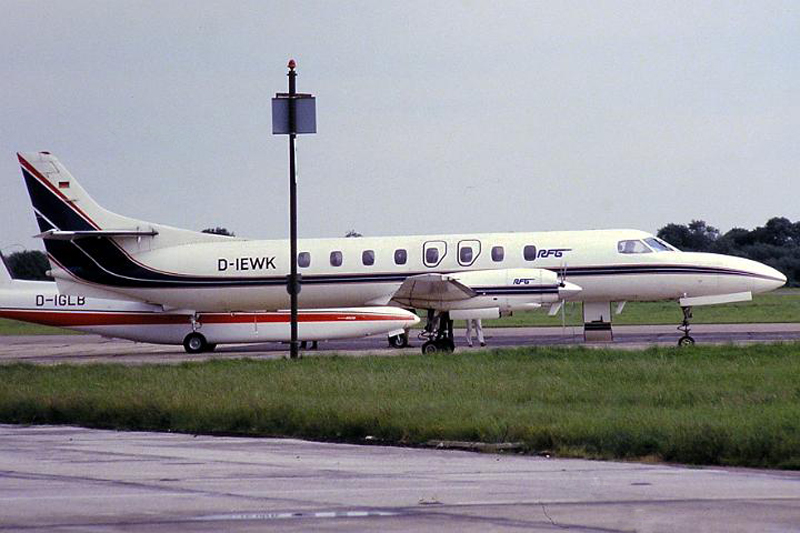Crash of a Grumman G-159 Gulfstream I in Niedernberg
Date & Time:
Nov 13, 1988 at 1355 LT
Registration:
N750BR
Survivors:
Yes
Schedule:
Rotterdam - Thessaloniki
MSN:
99
YOM:
1963
Crew on board:
2
Crew fatalities:
Pax on board:
0
Pax fatalities:
Other fatalities:
Total fatalities:
0
Circumstances:
While in cruising level over Germany on a positioning flight from Rotterdam to Thessaloniki, the right engine failed and its propeller feathered automatically. The crew informed ATC and started a descent in an order to divert to the nearest airport. While descending, the power was restored on the right engine but it failed again. Once the altitude of 6,000 feet was reached on descent, the left engine failed as well. The crew reduced his altitude and completed a belly landing in an open field located near Niedernberg. Both pilots escaped uninjured while the aircraft was damaged beyond repair.
Probable cause:
It is believed that the double engine failure was the consequence of a contaminated fuel.



